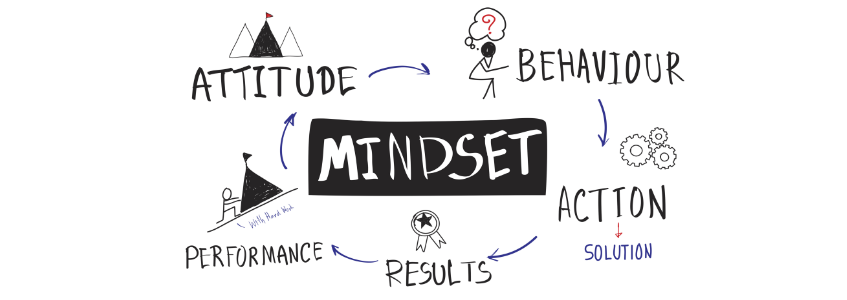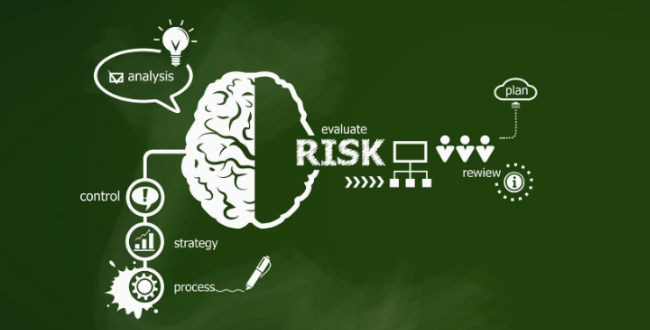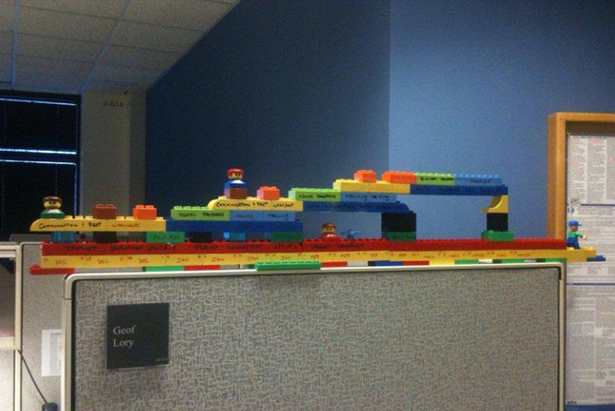Benefits of Using Weather Data When Project Planning
We all intuitively understand that we have to plan around the weather: What will the temperature be? Will my morning drive be icy? But for professional planners and schedulers weather is higher-stakes: an unexpected few days of rain can cause a project to be completed later than contractually agreed. Managing these risks matters – but exactly what risks does weather pose? How do we think about them?
Identifying and Eliminating Barriers in Collaboration
The Collaboration Communication Conflagration
Fire The Close Minded Leader
Collaboration is not possible without communication. Communication can be a tricky thing. Merely talking is not enough to accomplish communication. In order to communicate effectively you have to encode your message send it to the receiver, the receiver has to receive and decode the message and then acknowledge that they have received the message. It seems like a lot of overhead but it’s an important distinction.
Excel Jail?
The Path To Commutation Is Just A Click Away.
Life is hard enough without needlessly committing to systems that make what we do for a living hard also. Planning behind the grid lines of a tabular existence is one of those unnecessary experiences that we can opt out of. Even with the comfort of formulas. Even with the sophistication of VLOOKUP, it is still drudgery.
Planning and scheduling is far too elegant for the confines of Excel. How can one paint a picture of a plan with numbers? How can dependencies and timescales be articulated in a world of A1 to C3?
Top Ten Signs Your Planning Software is Failing
It’s unfortunate that some planning professionals don’t realize that they aren’t running according to plan until the project is over. It’s not until hindsight that they can clearly see the impact on both their staff and finances. Because not all software is created equal, I’ve outlined some signs that can help you mitigate the risk in working with subpar software.
More Shocking Revelations From Dr. Gui on GPM Simulations: Build a better model, get a better simulation.
Some might say, if it’s not broken, don’t fix it, those are the same folks who fail to innovate, time and time again. In the case of CPM’s current model, it’s surely broken. Every time a CPM monte carlo is executed the process is as follows:
The user selects a duration from the range for each activity then the model runs the forward and backward pass. This yields a single iteration. It is run as many times as required in order to achieve convergence. Read More
Another Amazing Discovery by Dr. Gui on Risk Analysis Current Practice
Safe Float – what is it and how does it impact the risk analysis process?
Let’s just delve right in to this. In the model below we can see that there are three activities with finish to start relationships. The duration for each activity is 30 days. There is a 10 day gap between each activity (this is a feature of GPM based on planned dates) The float value is displayed beneath each activity with 54 for Activity (A). Read More
Irrational Optimism in Risk Analysis
“Optimism is the madness of insisting that all is well when we are miserable.” – Voltaire
In case you happened across this post before reading the first post in this series, check that one out. This post will be here when you are done.
Now, as Kahneman taught us decades ago, there is bias in the qualitative portion of risk assessments. However, Dr. Gui Ponce de Leon and Dr. Vivek Puri have recently discovered that there is a substantial optimistic bias baked into the supposedly “scientific” portion of a risk analysis.
Up to now, all schedule risk analyses have been performed based on a Critical Path Method (CPM) Schedule. A CPM is calculated in such a way that each and every activity in the model will start on the earliest possible date; that’s just the way CPM works. However, that is not how projects work! I’ve polled hundreds of planners and project managers and have yet to find a single instance where a project completed and each activity started on the earliest possible date. In a real world project, as one part of the project gets behind schedule, other parts of the project float or pace to adjust. A CPM schedule risk analysis is not capable of modeling this real world behavior.
Hey, Schedule Risk Analysis – Your Math is Wrong
“Pure mathematics is, in its way, the poetry of logical ideas.” – Albert Einstein
Many believe that Einstein struggled with math, but that is a myth. In fact, he excelled in mathematics from a very young age. I imagine Einstein working on countless equations in a large room filled with chalkboards, hands covered in chalk as his greatest mathematical contributions poured from his mind, only for many benefactors to forsake them!
Despite the fact that math is generally a logical science, the art of estimation has never been further from accuracy than it is in the arena of planning and scheduling. There is a reason for this.
Read More
LEGO Scheduling
I was talking with a project manager the other day who was frustrated with his inability to effectively communicate his project plan to a diverse and busy group of stakeholders. Then it flashed in my mind’s eye: the idea of making a schedule out of LEGO.
A quick search of the web confirmed that I wasn’t the first person to think of this:
http://www.torstenkoerting.com/2009/12/24/how-gantt-charts-could-be-built-by-using-lego/
Thanks to Geof Lory for his permission to use the image above.
Collaboration, Vector Math and Good Project Outcomes
Vector math is a field of study with which we are all familiar, even if we don’t know it by that name. Vector math usually involves an XY axis, and sometimes a z-axis for a three-dimensional analysis. However, I’m going to misuse this mathematical term in order to create an analogy about organizational behavior.

Organizations can create their own vector math on any given initiative or project. That is to say, the level at which people have a shared vision and are heading in the same direction can tell you a lot about the likely success of a project or initiative. Having a shared vision requires communication, collaboration and a couple of organizationally rare “earth elements” as far as I can see in corporate America (to further misappropriate scientific terminology and extend the analogy).
Read More










